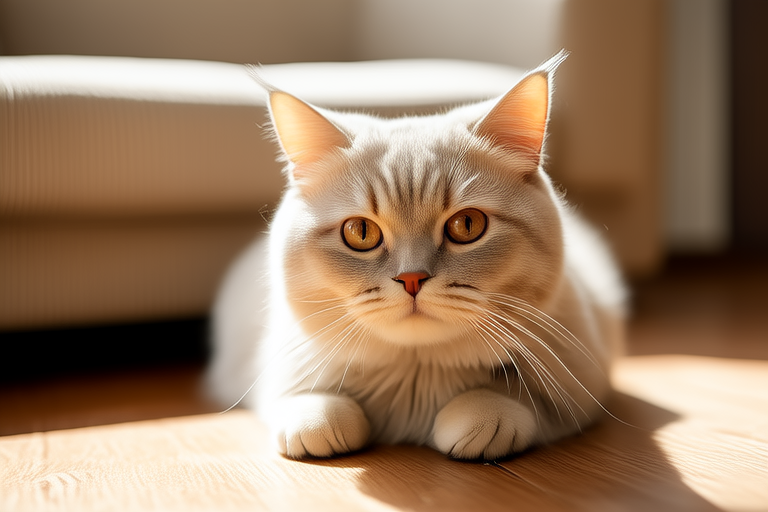Paws & Claws: The Ultimate Guide to Caring for Your Munchkin Pet
Introduction to Munchkin Cats
The Munchkin cat is a unique breed known for its short legs. This distinctive trait can make them look like they are always crouching, giving them an endearing and playful appearance. Originating from spontaneous genetic mutations, these cats have captured the hearts of many pet lovers. They come in various coat types and colors, making them versatile additions to any household.
Unique Health Considerations
Munchkin cats, due to their distinct physical characteristics, may face some health challenges. Their shorter legs can lead to joint problems, such as arthritis, and spinal issues. Regular veterinary check-ups are crucial to monitor their health. Additionally, they might experience lordosis (curvature of the spine) which requires careful monitoring and management.
Diet and Nutrition Specifics
A balanced diet is essential for maintaining your Munchkin’s health. High-quality cat food rich in protein and low in fillers should be provided. Ensure that their diet supports muscle development and overall well-being. Fresh water should always be available. Consult with your veterinarian to tailor a diet plan that suits your cat’s specific needs.
Exercise and Playtime Recommendations
Despite their short legs, Munchkin cats are active and playful. Encourage exercise through interactive toys and climbing structures. Regular play sessions help maintain their agility and prevent obesity. Tailor activities to your cat’s energy levels and preferences to ensure they stay healthy and entertained.
Grooming Tips
Grooming your Munchkin regularly keeps their coat healthy and reduces shedding. Brush them at least once a week to remove loose hair and distribute skin oils. Pay special attention to their paws, checking for any injuries or signs of discomfort. Nail trimming may also be necessary depending on their activity level.
Common Behavioral Traits and Training Methods
Munchkins are curious and social, often engaging in playful antics. Early socialization helps them become comfortable around people and other pets. Positive reinforcement techniques, such as treats and praise, are effective in training. Consistency is key when teaching commands or desired behaviors.
Tips for Choosing Appropriate Furniture and Accessories
Select furniture that accommodates your Munchkin’s unique physique. Low platforms or ramps can aid in reaching elevated areas. Provide scratching posts and comfortable beds to meet their needs. Choose materials that are easy to clean and safe for your cat.
Health Maintenance and Vet Care
Schedule routine veterinary visits for vaccinations, dental care, and general health checks. Be proactive about addressing any changes in behavior or physical condition. Discuss potential health risks with your vet and develop a prevention strategy.
Stories or Testimonials from Owners
One owner shared, “Our Munchkin is full of surprises. Despite her small stature, she loves chasing after toys and exploring every corner of our home. She has brought so much joy and laughter into our lives.” Another added, “Regular vet visits have been vital in keeping her happy and healthy.”
Resources for Further Learning
To deepen your understanding of Munchkin cats, consider reading books like ‘The Complete Munchkin Cat’ by Karen S. Leviton or joining online forums dedicated to the breed. These resources offer valuable insights and community support.
